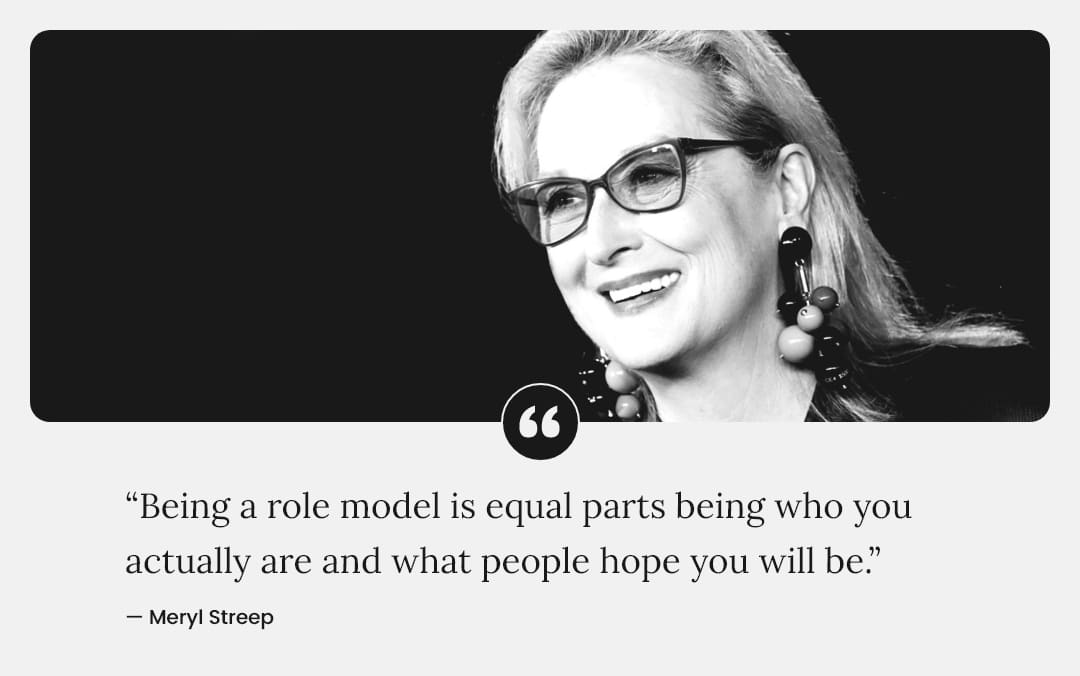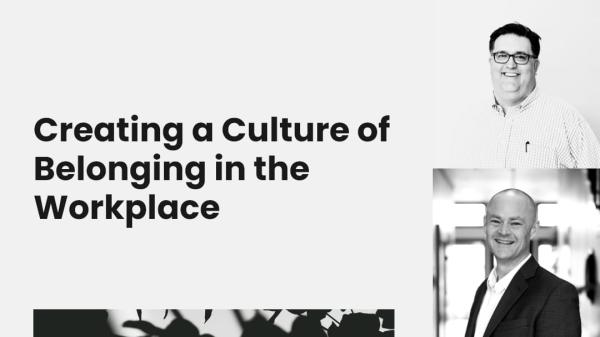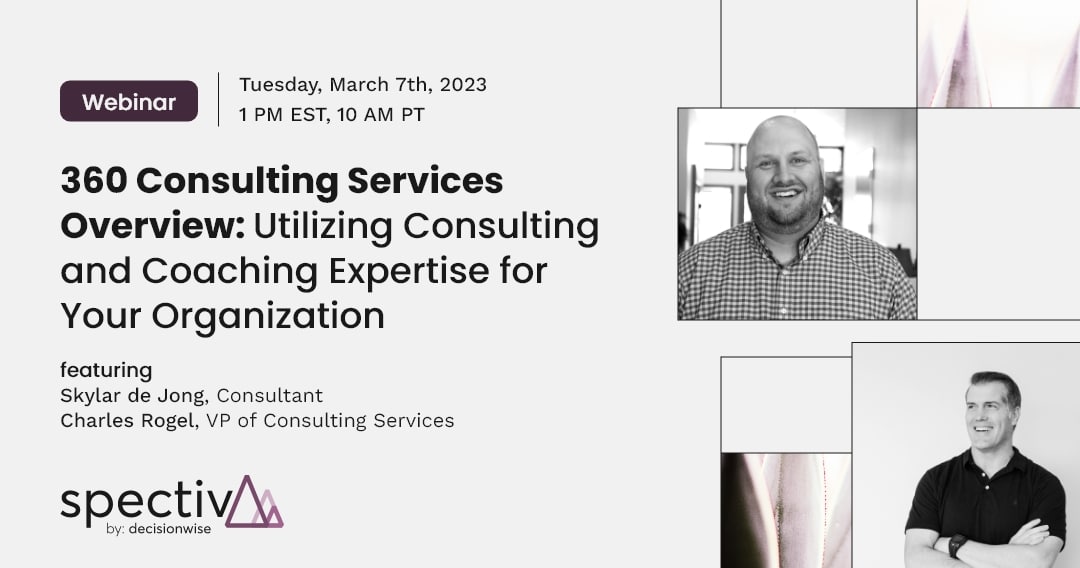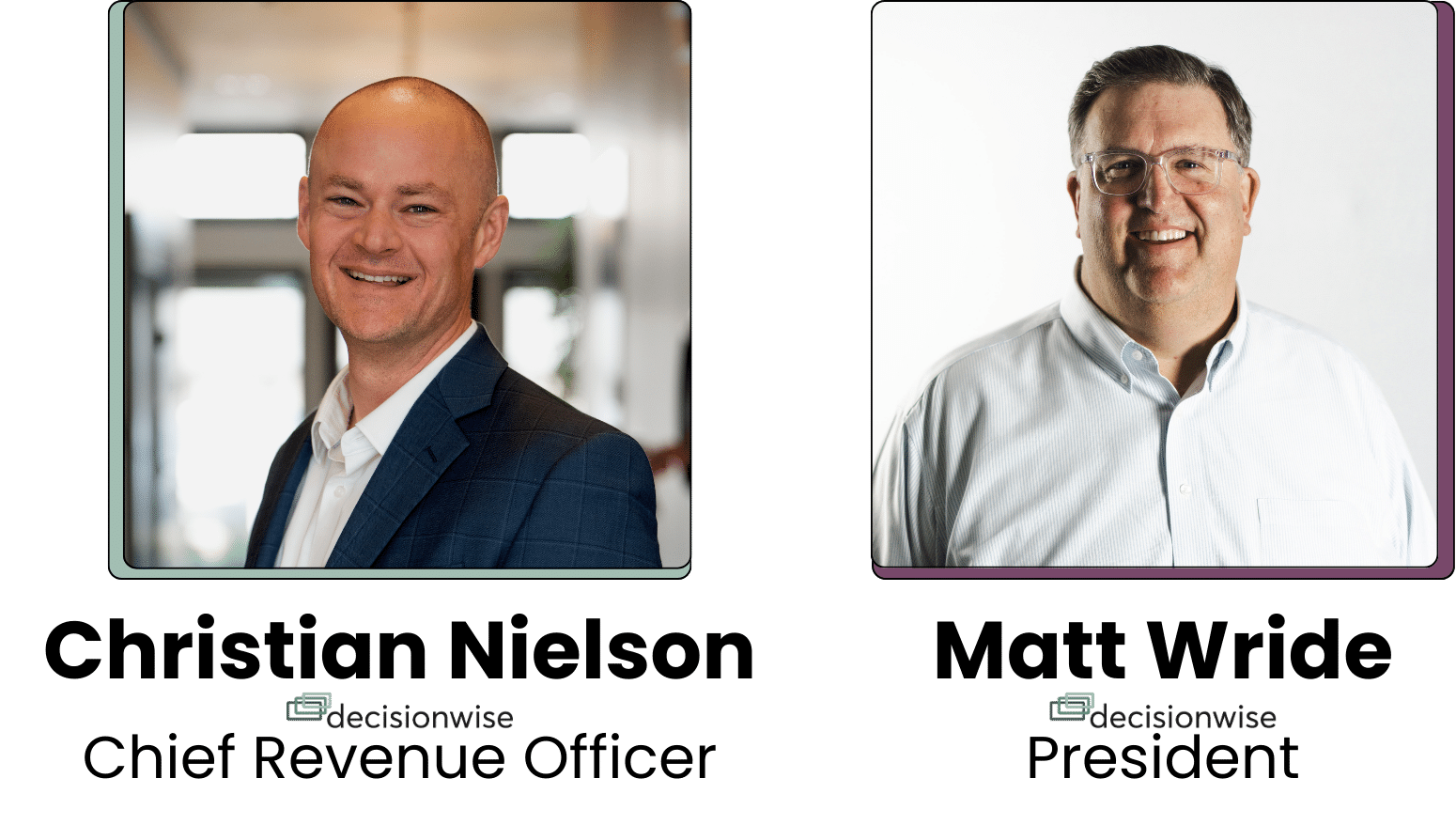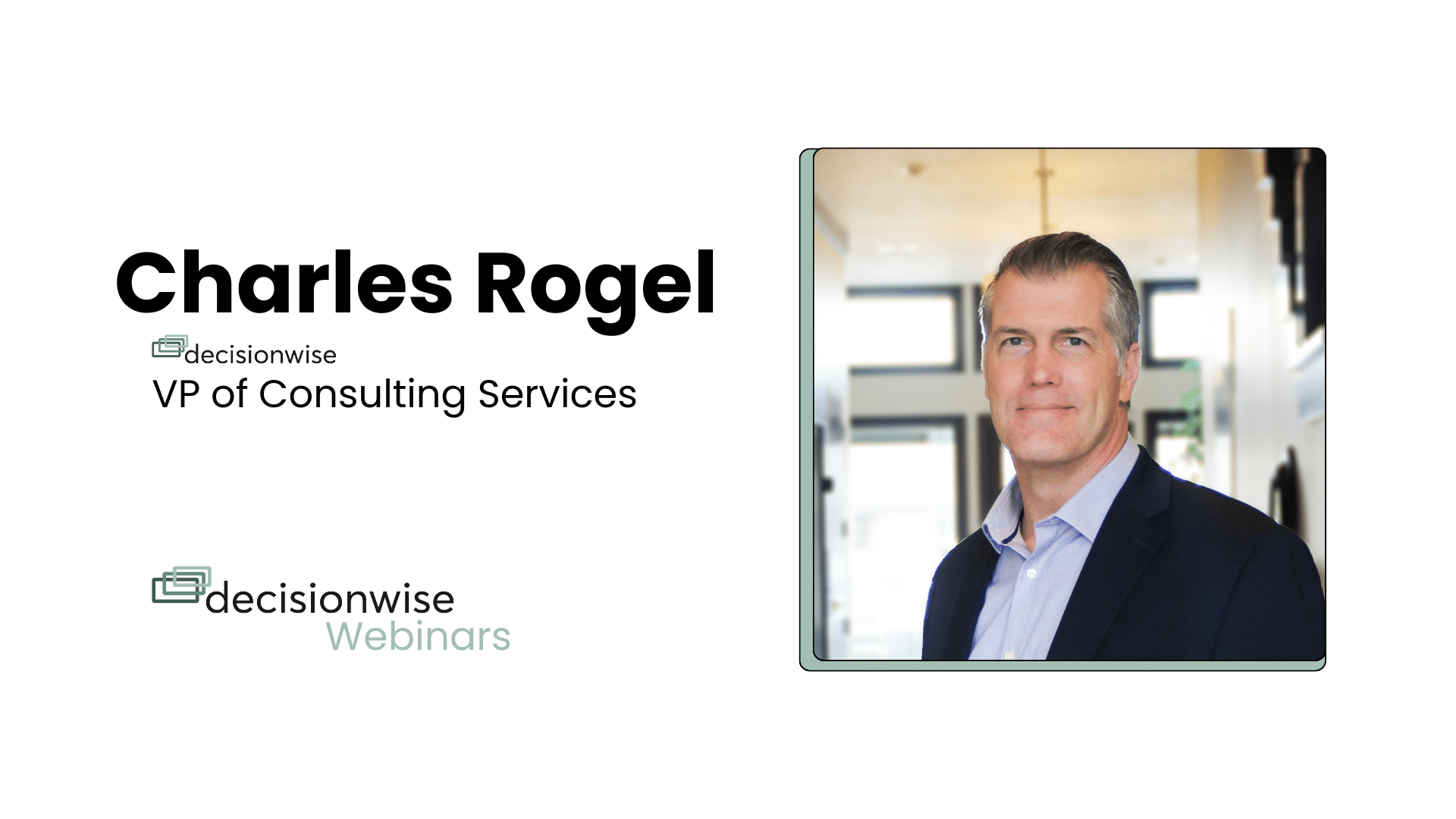Tidbits
Today, our quotes focus on the transformational power of becoming a role model for those you lead.

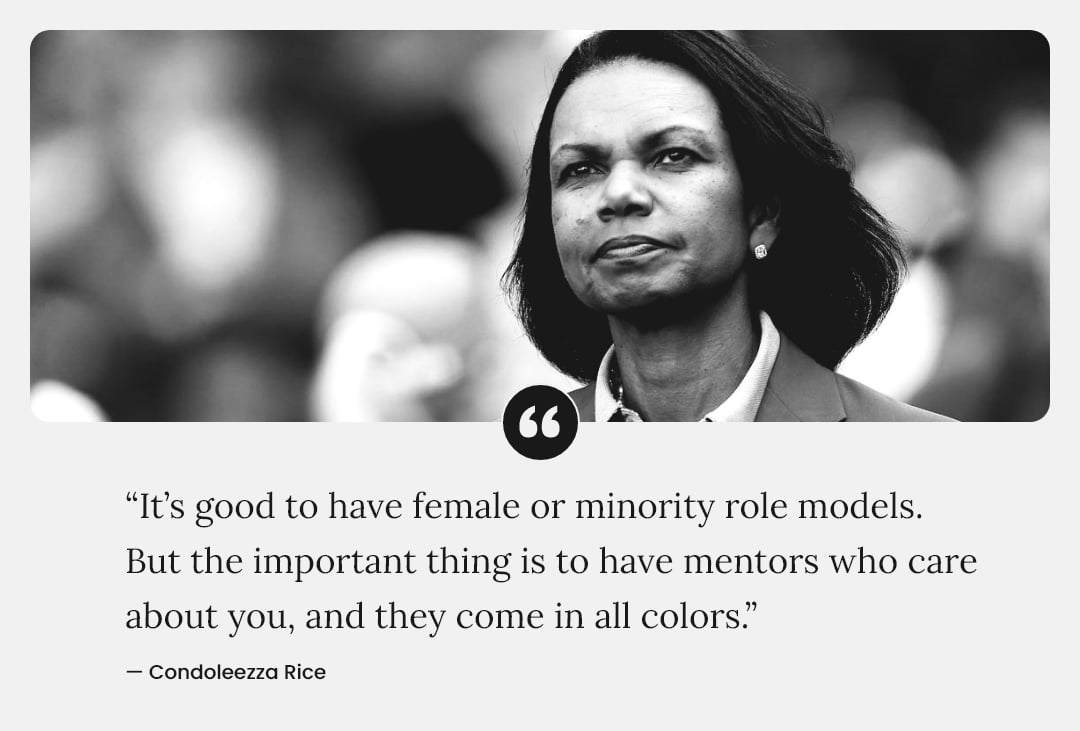
Brilliant in the Basics
There is some confusion around these three terms: Employee Satisfaction, Employee Engagement, and Employee Experience. So, for this brilliant in the basics segment, let’s discuss what each term means and how they differ.
Employee Satisfaction refers to whether an employee’s basic needs are being met at work, such as getting paid on time or feeling safe. The focal point is on the employee’s feelings about their employment relationship. It is a subjective measure of an employee’s emotional state of happiness.
Employee Engagement, on the other hand, goes beyond temporary feelings of satisfaction and focuses more on commitment. It is an emotional state where employees feel passionate, energetic, and committed toward their work, and they fully invest themselves in it..
Our CEO Dr. Tracy Maylett, has defined Employee Engagement better than anyone else:
“Employee Engagement is an emotional state where we feel passionate, energetic, and committed toward our work. In turn, we fully invest our best selves – our hearts, spirits, minds, and hands – in the work we do.’
The terms “energetic,” “passionate,” and “committed” suggest that engagement is a powerful motivating force, and that it compels a person towards positive contributions in the workplace.
Employee Satisfaction is the emotional state that reflects how we feel about our work. In contrast, Employee Engagement is about how and why we do our work, and is driven by a sense of purpose and commitment. It’s important to note that these two concepts don’t always overlap. It’s possible for an engaged employee to feel occasional unhappiness, but they remain committed because they are driven by values that go beyond mere satisfaction.
The Employee Experience (EX) is the sum of the various perceptions employees have about their interactions with the organization in which they work. It is the cultural environment that produces critical employee interactions and ultimately drives satisfaction and engagement.
Distilled to its essence, EX is an organization’s cultural environment (and I might add deliberate environment) that produces those critical employee interactions. EX is culture through your employees’ eyes. A simple way of conceptualizing EX is that it answers the proverbial question, “What’s it like around here?” Imagine, if you will, a current employee explaining to a new hire how things work in their department, including the current gossip mingled with legendary stories from the past.
Hopefully, this short primer is a good reminder that while these three terms are similar, they are not interchangeable. Each concept must receive its own attention and care.
What You Might Have Missed From DecisionWise
- DecisionWise CEO, Tracy Maylett, was featured in the Forbes article Eight Ways Department Managers Can Improve The Employee Annual Review Process
- The latest Brilliant in the Basics video, featuring Kaley Carver, teaches how you can bridge expectation gaps at work
- The Spectiv platform is a hassle-free and effective way to run your 360 feedback assessments. In this live training series Derek Devashrayee and others help you make the most of the platform. Check out the most recent training in this recording. Check out the upcoming one below!
- Belonging is more than a social connection to one’s team or teammates. Learn what belonging is and how to facilitate it in your workplace with this whitepaper on belonging.
- Learn what 7 deadly words and phrases you should avoid in your 1:1’s in our quick-read LinkedIn article.
- Learn how to Turn Your Employee Experience into a Key Asset in the LinkedIn article.
Featured Discussion
In our upcoming book “Swipe: The Science Behind Why We Don’t Finish What We Start”, journalist Tim Vandehey and I embarked on a research journey to understand the personal aspect of engagement.
While numerous books and articles have been written about the benefits of engagement for organizations and their leaders, we discovered that very few employees understand how their engagement at work can positively influence their personal lives They might quite reasonably say, “I can see why my being engaged with my job helps my company. But what’s in it for me?” The answer is a lot.
The benefit of employee engagement to an organization is clear, and it shows up in various ways including increased profitability, greater productivity, improved efficiencies, higher quality, and myriad other factors. We also see it in decreased turnover, improved employee satisfaction, reduced employee-related legal expenses, safety, and general loyalty.
But why should an employee want to get on board with the whole engagement thing? Despite some of the doom-and-gloom statistics thrown at us to make us think 80% of our employees are about to bolt for the exists, most of us want to engage. We want to enjoy our work, to find meaning and satisfaction in it. It’s not our nature to wake up in the morning saying, “I hope today stinks.”
Our research found that not only should a workplace care about engagement, but there are also clear reasons every one of us should want to be engaged at work. Based on a DecisionWise analysis of over 100,000 survey responses, supported by numerous studies, there are sound personal benefits of employee engagement:
- Better health. One study monitored a group of 168 engaged and disengaged workers at various intervals during a day to measure various health factors. Engaged workers reported lower stress levels, improved cholesterol, and blood pressure readings, whereas disengaged employees were twice as likely to be diagnosed with depression.[i]
- Happiness. Engaged employees are more likely to say they are happy, and those who are happy are 12 percent more productive than those who aren’t.[ii] According to Shawn Achor, Harvard professor and author of The Happiness Advantage, “When we are positive, our brains become more engaged, creative, motivated, energetic, resilient, and productive at work.” Happy employees are nearly ten times more engaged in their work than their disengaged counterparts.
- Productivity, pay, and advancement. Engaged employees not only work harder but also work smarter and produce better results than their less engaged peers. This results in higher wages, more frequent and rapid promotions, and the ability to market themselves for better opportunities. According to Achor, when you are happy in your work, your productivity increases by 31 percent, and you are 40 percent more likely to receive a promotion.
- Better home life. DecisionWise research shows that engaged employees are far more likely to be engaged outside work, resulting in a more fulfilling home life. Also, according to Achor, when you are engaged in life in general, you live longer, get better grades, experience less severe symptoms of illness, and are generally more content with life.
Engaging in your job is a crucial decision since most of us will spend one-third to one-half of our waking hours at work. Work is not just where we earn a paycheck. It’s often the center of our social relationships, the linchpin of our identities, and the venue where we turn our aspirations and ambitions into realities.
Our research for Swipe also found that those who disengage in the workplace are more likely to do so in other environments as well, whether that means turning away from important moments with family or dropping important personal goals.
This harms not only their professional prospects but their personal lives, the well-being of the colleagues who depend on them, and the stability of the organizations they work for.If we are disengaging in our work lives, odds are we are disengaging in other areas, whether we admit it or not.
Choosing to engage in your job is an important decision that can positively influence your personal life. So, would you rather spend that significant chunk of your life engaged with your work or cynical and discouraged? The choice is yours.
Swipe: The Science Behind Why We Don’t Finish What We Start, by Tracy Maylett and Tim Vandehey, will be available online in bookstores on March 21, 2023. Swipe is available now for pre-order on Amazon, Barnes & Noble, and at www.Swipethebook.com.
[i]Rath, T., and Harter, J. K. (2010). Wellbeing: The Five Essential Elements. Gallup Press.
[ii] Oswald, Andrew J., Proto, Eugenio, and Sgroi, Daniel. (2015) “Happiness and productivity.” Journal of Labor Economics, 33(4). 789–822.
What’s Happening at DecisionWise
ON-DEMAND WEBINAR
In case you missed our most recent webinar, here is an on-demand recording of it. Check it out!
UPCOMING SPECTIV LIVE TRAINING
Are you wanting to maximize employee performance in your organization?
Then don’t leave your employees and leaders to interpret 360 feedback on their own.
The most effective way to derive value from the 360-degree feedback process is to supplement it with a coaching session
Don’t miss out on a chance to find out how 360 feedback consulting drives organizational success!
HR News Roundup
Here are some of the top EX/HR articles from the last few weeks:
Most Timely and Relevant
- ChatGPT and the dark side of AI (Faulkner, HR Executive)
- “Where’s the I-O?” Artificial Intelligence and Machine Learning in Talent Management Systems (Gonzalez, Chapman, Oswald, Theys, Personnel Assessment and Decisions)
- Considerations and Recommendations for the Validation and Use of AI-Based Assessments for Employee Selection (SIOP)
Other Topics:
- Employee engagement: 3 considerations for 2023 (Feast, The Enterprisers Project)
- 10 Signs An Employee Is Ready For A Promotion (Forbes Council, Forbes)
- Work-Based Social Media Platforms May Help Boost Employee Connection (Lewis, SHRM)
- Invest in Yourself: 10 Things Every Working Woman Should Do This Year (Hyman, Entrepreneur)
- HR Roles Among the Fastest Growing in US (Maurer, SHRM)
- Employee Surveys: A Powerful Combination for HR Process Improvement (Banerjee, Newsweek)
- The Forgotten Asset in Delivering Exceptional Customer Service Is Your Employees — Here’s Why (Rencher, Entrepreneur)
- “Where’s the I-O?” Artificial Intelligence and Machine Learning in Talent Management Systems (Gonzalez, Chapman, Oswald, Theys, Personnel Assessment and Decisions)
- Considerations and Recommendations for the Validation and Use of AI-Based Assessments for Employee Selection (SIOP)


